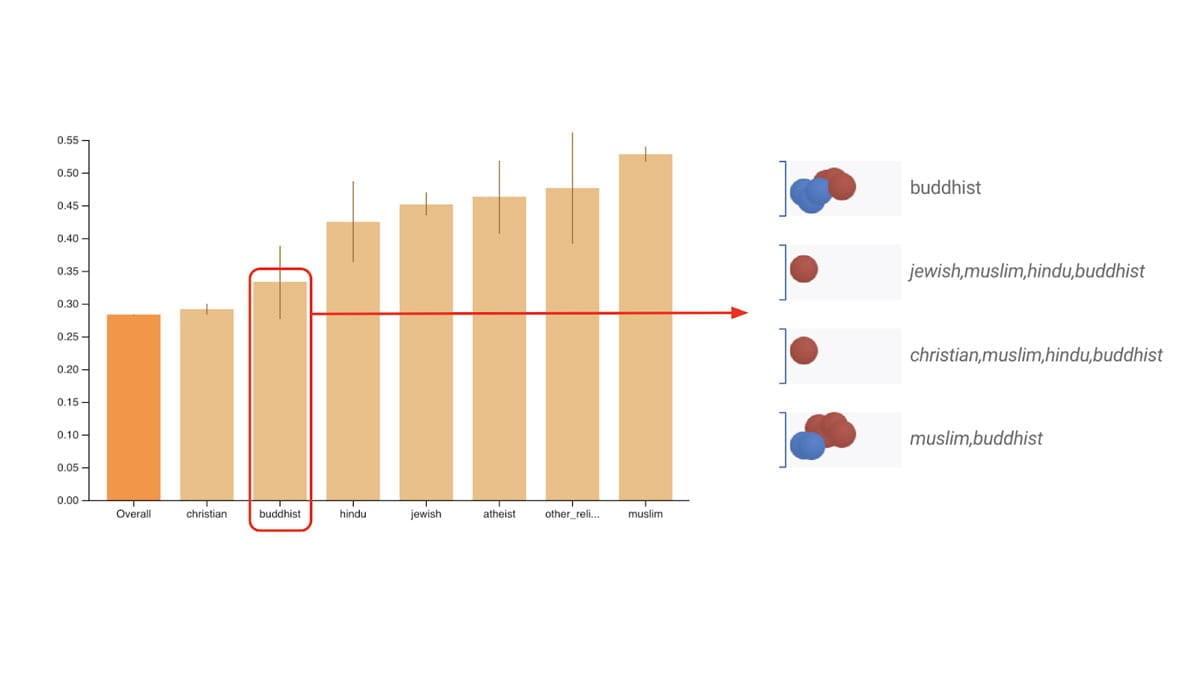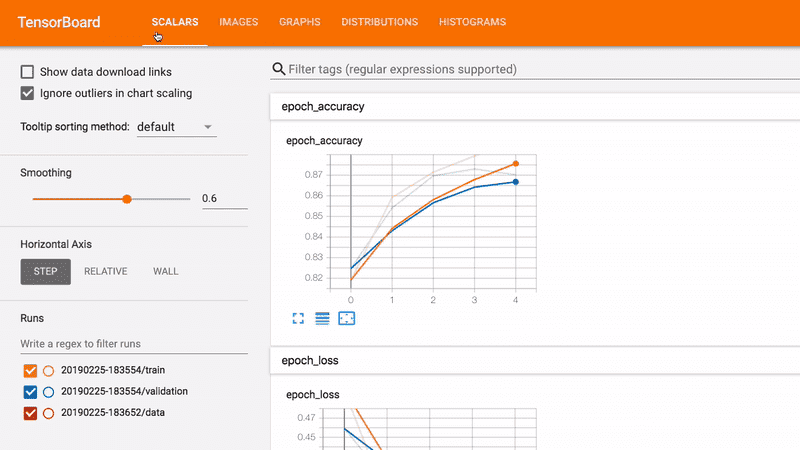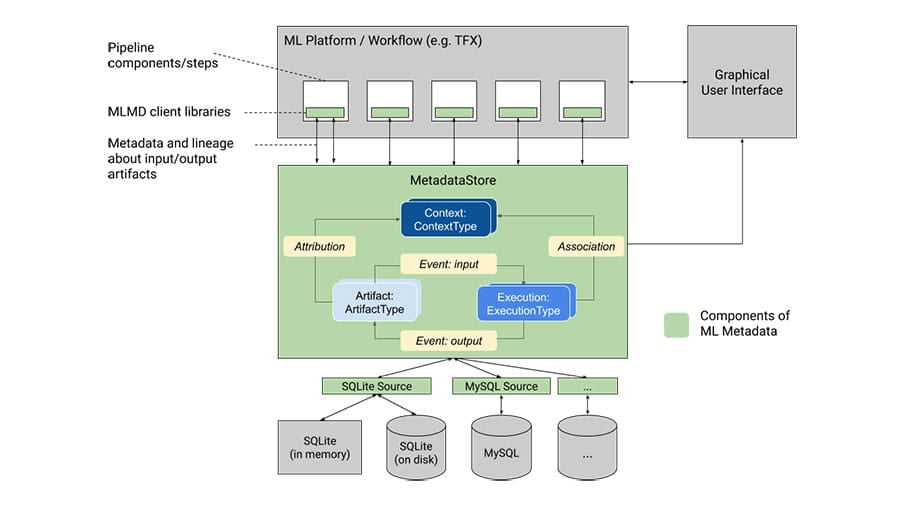TensorFlow를 사용하여 Responsible AI 관행을 ML 워크플로에 통합하는 방법 알아보기
TensorFlow는 리소스 및 도구를 ML 커뮤니티와 공유하며 Responsible AI 개발이 이루어지도록 하기 위해 노력하고 있습니다.

Responsible AI란 무엇인가요?
AI 개발은 현실 세계의 곤란한 문제들을 해결하기 위한 새로운 기회를 만드는 일입니다. 또한 모두에게 도움이 되는 AI 시스템을 만드는 최선의 방법은 무엇인지에 관한 새로운 질문을 제기하는 일이기도 합니다.

AI 추천 권장사항
AI 시스템을 설계할 때는 소프트웨어 개발 권장사항을 따르는 동시에 ML에 대한 인간 중심의 접근 방식을
취해야 합니다.

공정성
다양한 분야와 사회에서 AI의 영향력이 증가함에 따라 모두에게 공정하며 포용성을 갖춘 시스템을 완성하는 것이 중요합니다.

해석 가능성
AI 시스템이 의도한 대로 작동하도록 하려면 AI 시스템을 이해하고 신뢰하는 것이 중요합니다.

개인 정보 보호
민감한 데이터로 모델을 학습시키는 경우 개인 정보 보호 조치가 필요합니다.

보안
잠재적 위협을 식별하여 AI 시스템을 안전하게 유지하세요.
ML 워크플로의 Responsible AI
Responsible AI 관행은 ML 워크플로의 모든 단계에 통합할 수 있습니다. 다음은 각 단계에서 생각해 볼 만한 주요 질문입니다.
ML 시스템이 누구를 대상으로 하나요?
예측, 추천, 결정의 실제 효과를 평가하는 데는 실제 사용자가 시스템을 경험하는 방식이 반드시 고려되어야 합니다. 개발 프로세스 초기에 다양한 사용자 집단으로부터 의견을 수집해야 합니다.
대표 데이터 세트를 사용 중인가요?
데이터가 사용자(예: 모든 연령대에서
사용되지만 고령자의 학습 데이터만 보유)
및 실제 환경(예: 일 년 내내 사용되지만
여름의 학습 데이터만 보유)을 대표하는 방식으로 샘플링되었나요?
데이터에 현실 세계/사람의 편향이 있나요?
데이터에 근본적인 편향이 있으면 기존 고정관념을 강화하는 복잡한 피드백 루프가 나타날 수 있습니다.
어떤 방법을 사용해 모델을 학습시켜야 하나요?
모델에 공정성, 해석 가능성, 개인 정보 보호, 보안성을 갖춘
학습 방법을 사용하세요.
모델의 성능은 어떤가요?
광범위한 사용자, 사용 사례 및 사용 맥락에 대한 현실적인 사용자 경험을 평가하세요. 먼저 dogfood로 테스트 및 반복한 다음 출시 후에도 테스트를 계속하세요.
복잡한 피드백 루프가 있나요?
전체 시스템을 신중하게 설계했더라도 ML 기반 모델이 실제, 실시간 데이터에 적용되었을 때 100% 완성도로 작동하는 경우는 거의 없습니다. 서비스 중인 제품에서 문제가 발생한다면 기존의 사회적 약점이 나타나는지와 단기 및 장기적 솔루션에 의해 어떤 영향을 받게 될지 고려해 보세요.
TensorFlow용 Responsible AI 도구
TensorFlow 생태계에는 위의 질문을 해결하는 데 도움이 되는 도구와 리소스가 준비되어 있습니다.
문제 정의
다음 리소스를 사용하여 Responsible AI 모델을 제작해 보세요.
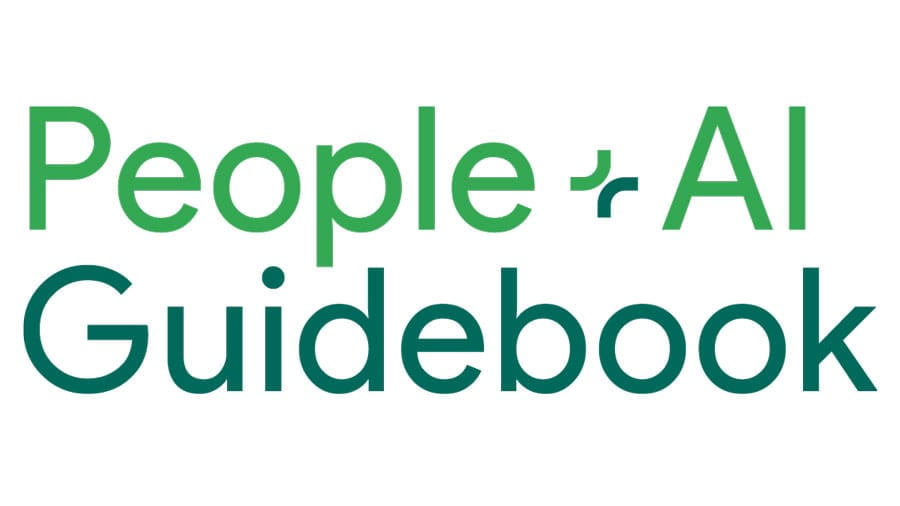

데이터 구성 및 준비
다음 도구를 사용하여 데이터의 잠재적 편향을 검사하세요.
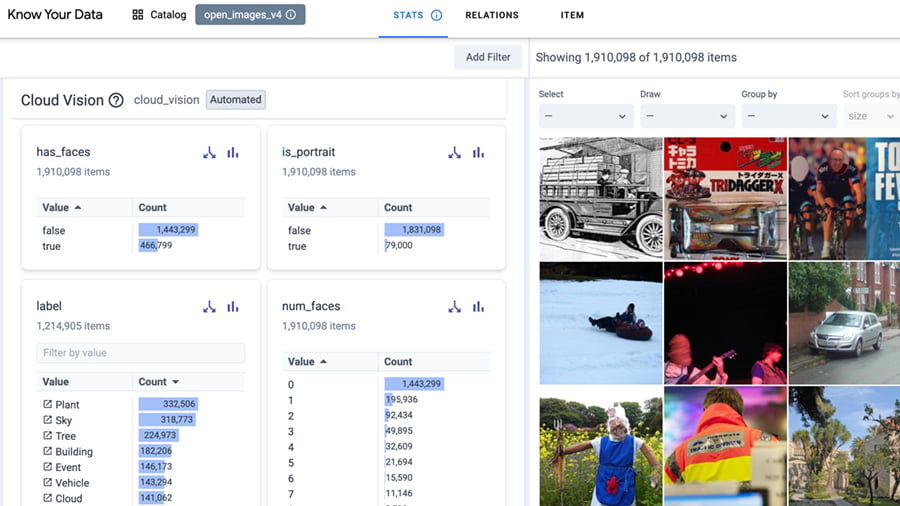
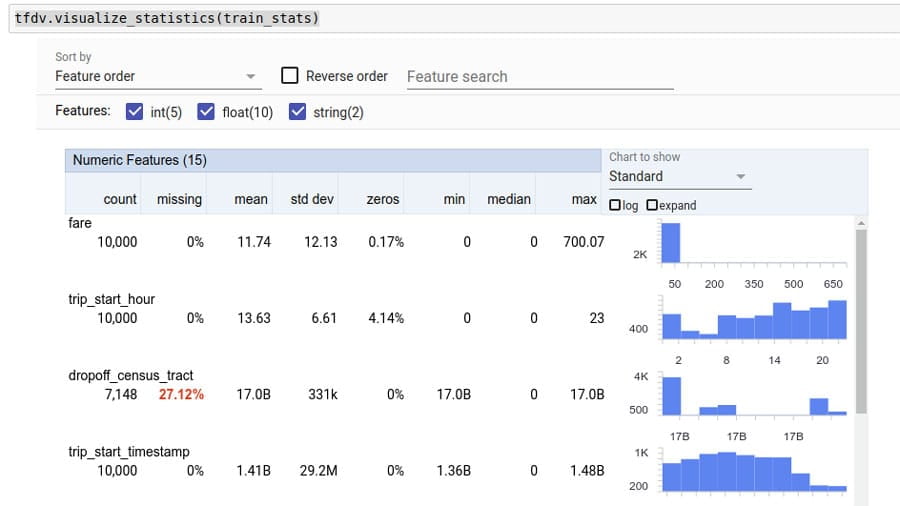

오픈 라이선스로 제공되는 보다 포용적인 스킨 톤 스케일을 활용하세요. 데이터 수집 및 모델 개발 니즈를 더욱 강력하고 포용적으로 변화시킬 수 있습니다.
모델 빌드 및 학습
다음 도구를 사용하여 개인 정보 보호, 해석 가능한 기술 등을 사용하는 모델을 학습시키세요.
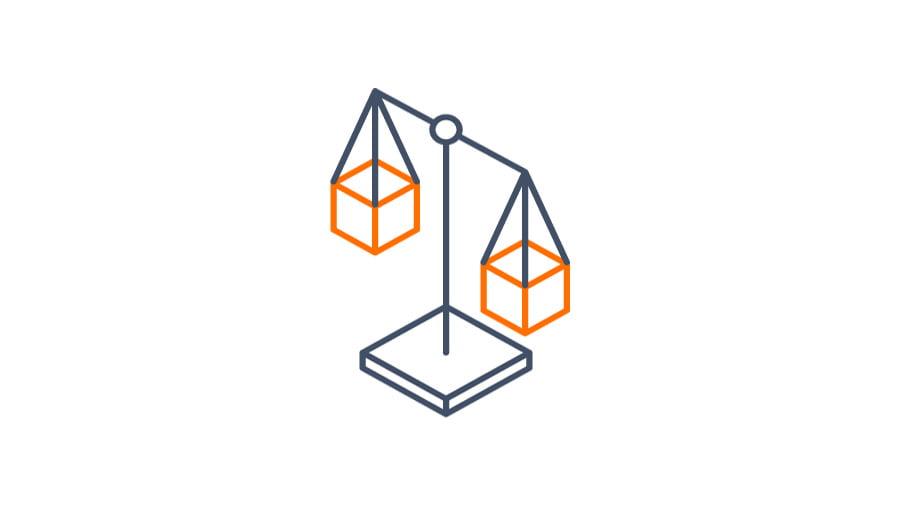

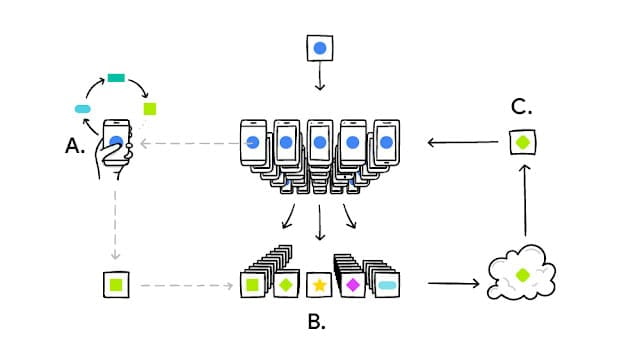


모델 평가
다음 도구를 사용하여 모델 성능을 디버그, 평가 및 시각화하세요.
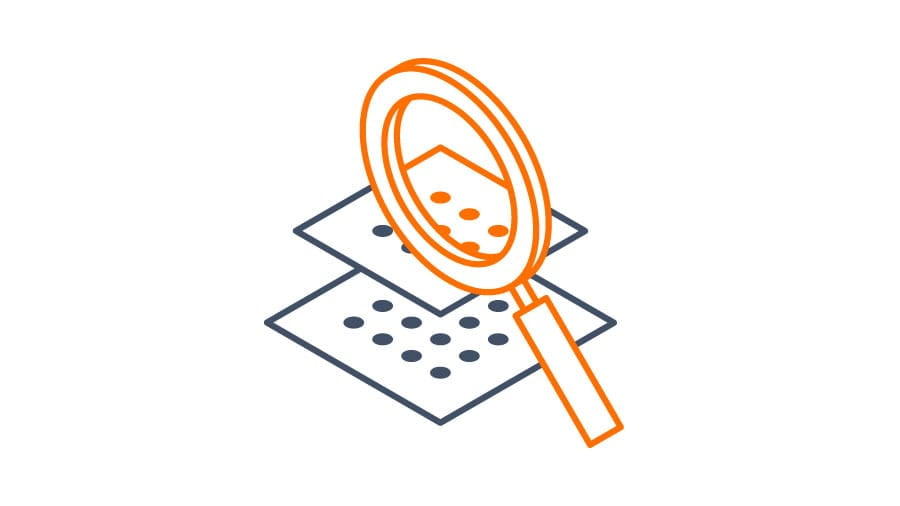
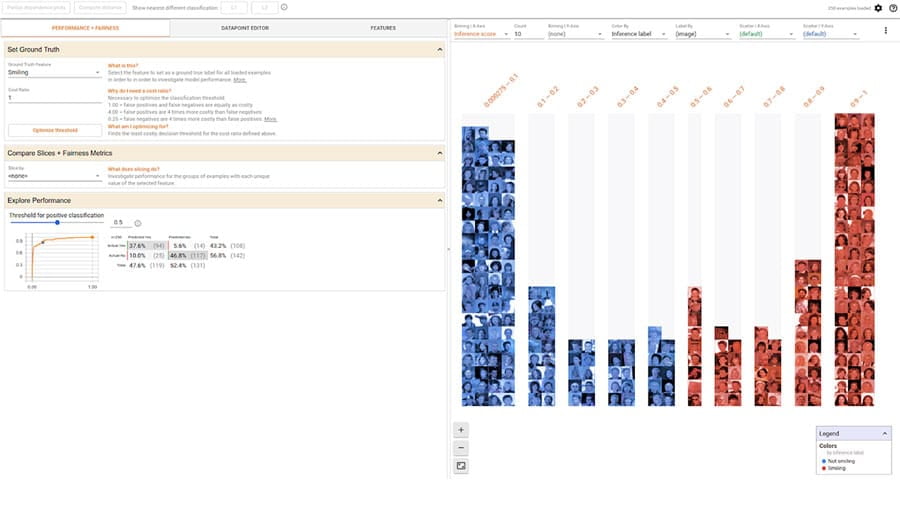
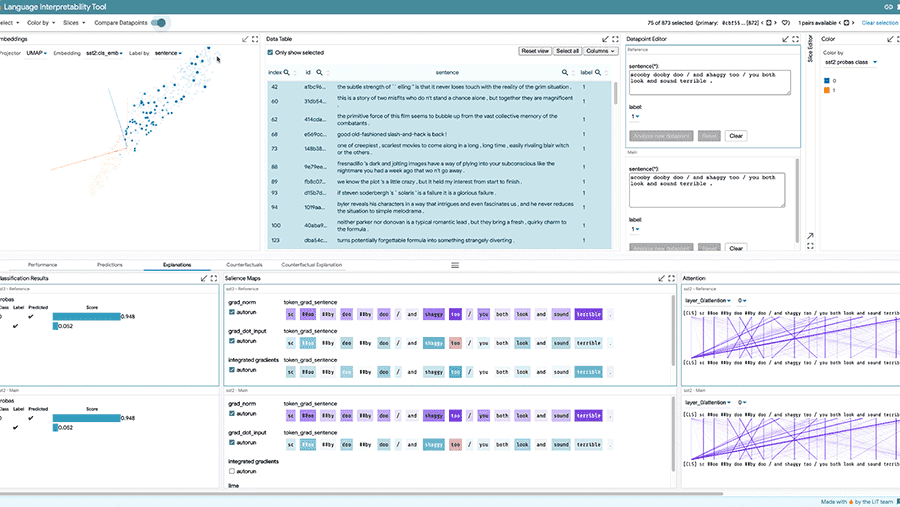
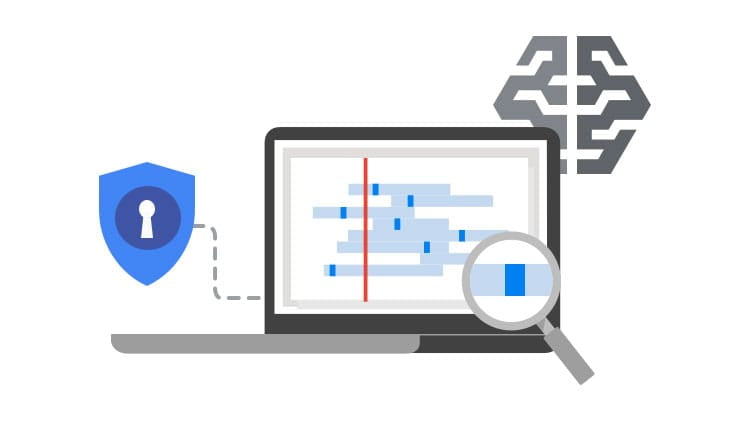
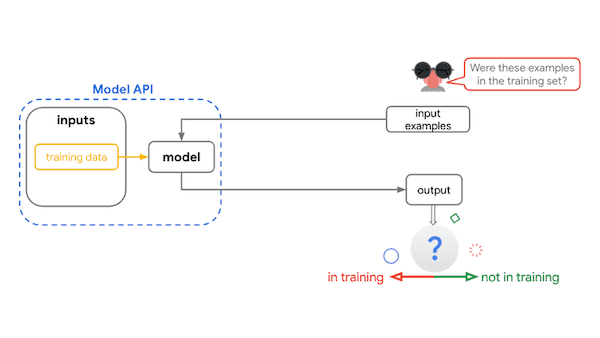
배포 및 모니터링
다음 도구를 사용하여 모델 컨텍스트 및 세부정보를 추적하고 전달하세요.
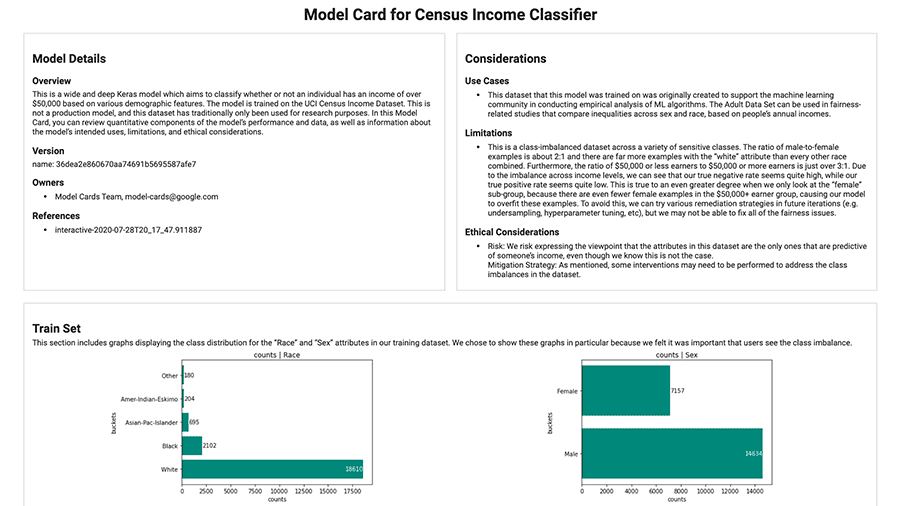
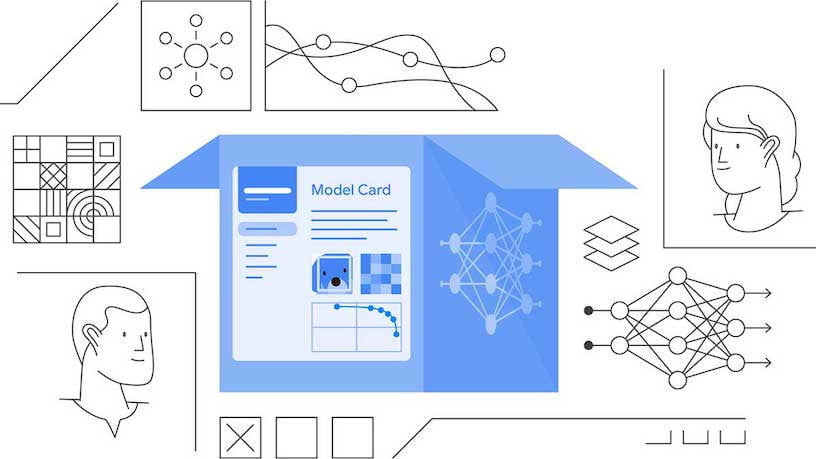
커뮤니티 리소스
커뮤니티에서 하는 일을 알아보고 참여할 수 있는 방법을 살펴보세요.


참여자들에게 TensorFlow 2.2를 사용하여 Responsible AI 원칙을 바탕으로 모델 또는 애플리케이션을 빌드하도록 요청했습니다. 갤러리에서 수상 프로젝트와 기타 다양한 프로젝트를 확인해 보세요.

ML, 공정성, 개인 정보 보호에 대해 생각해 볼 수 있는 개념적 토대를 소개합니다.


